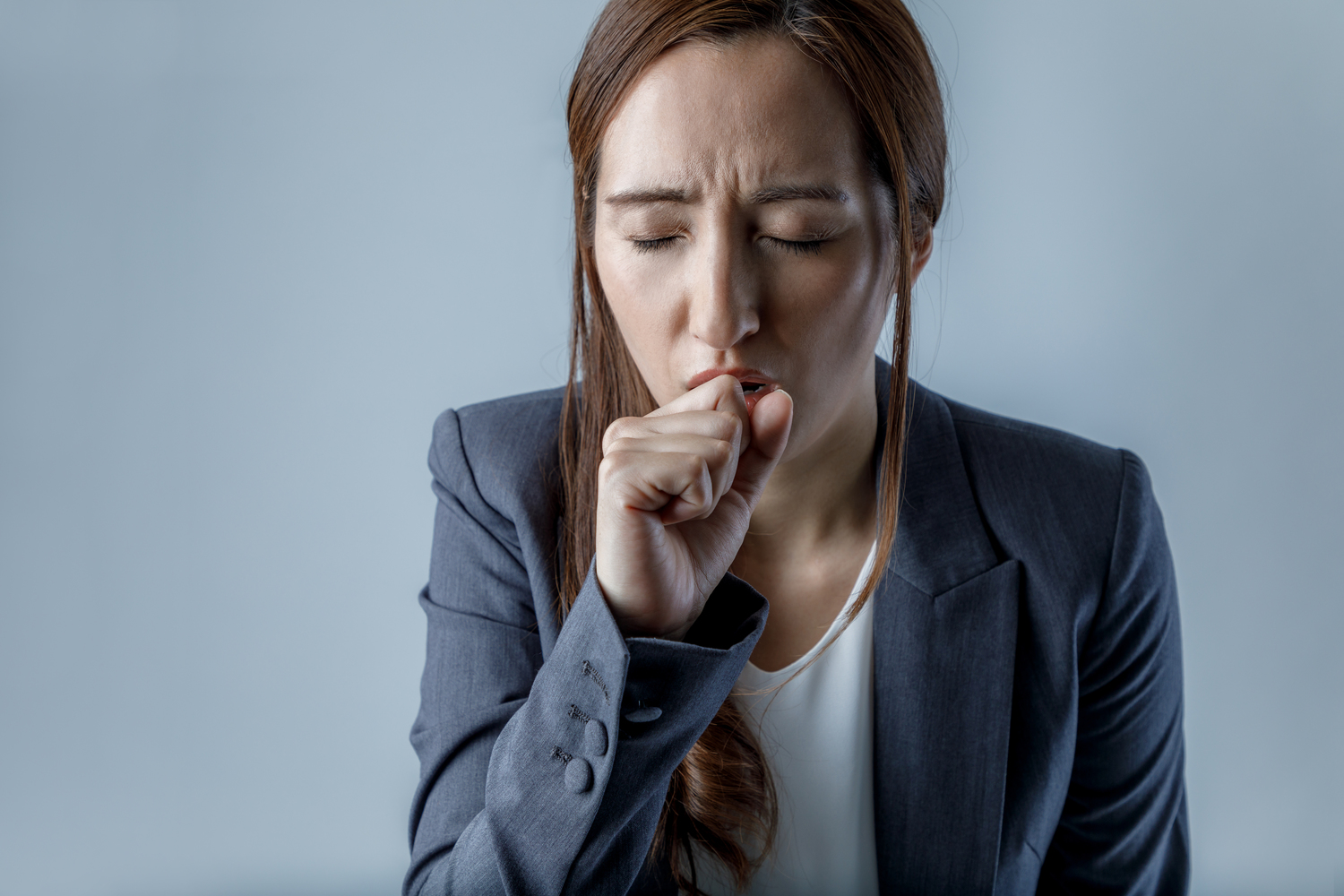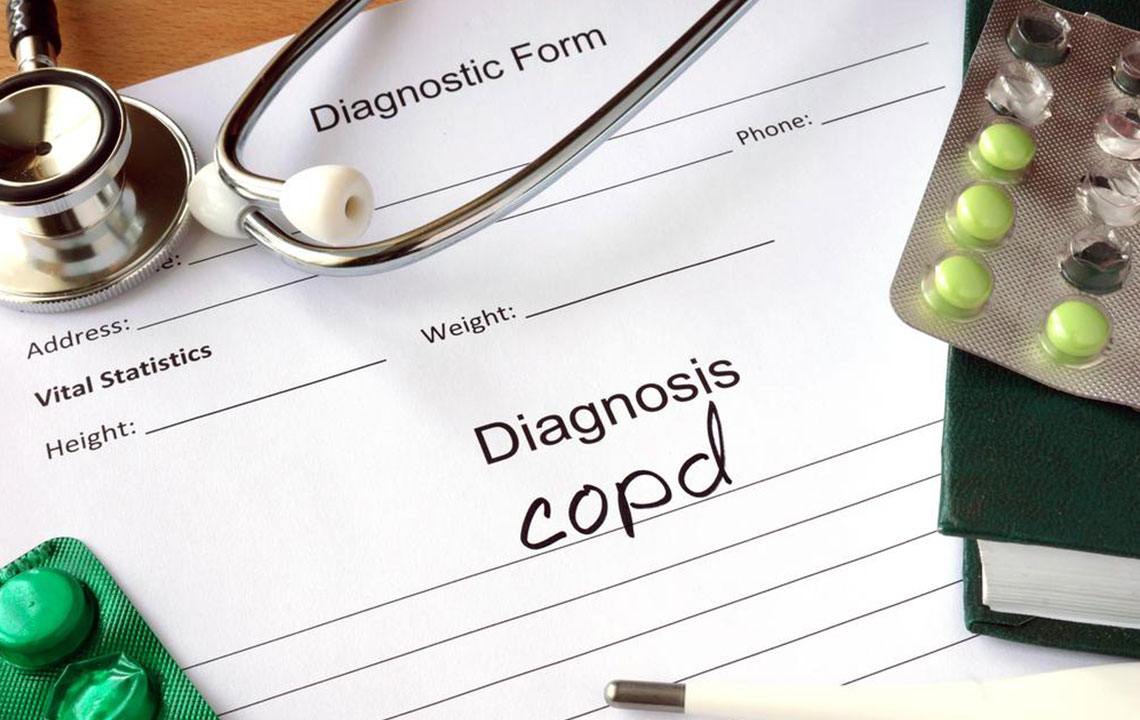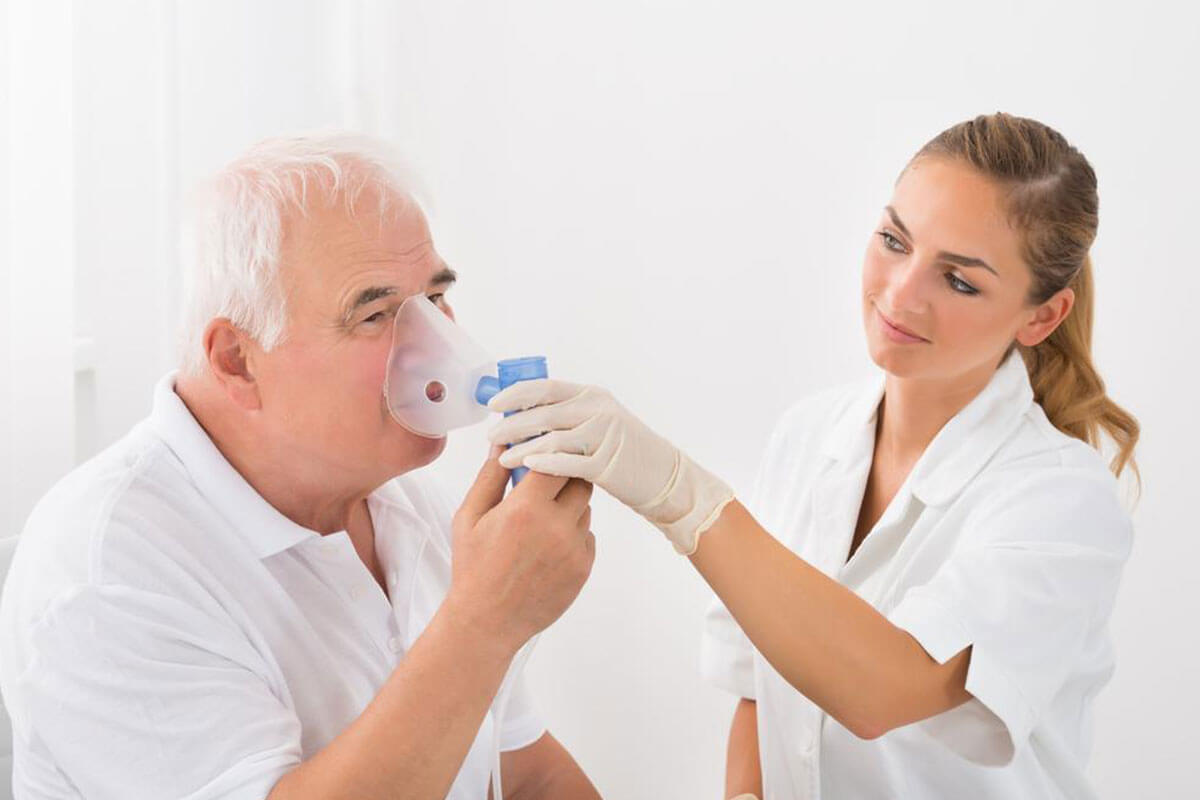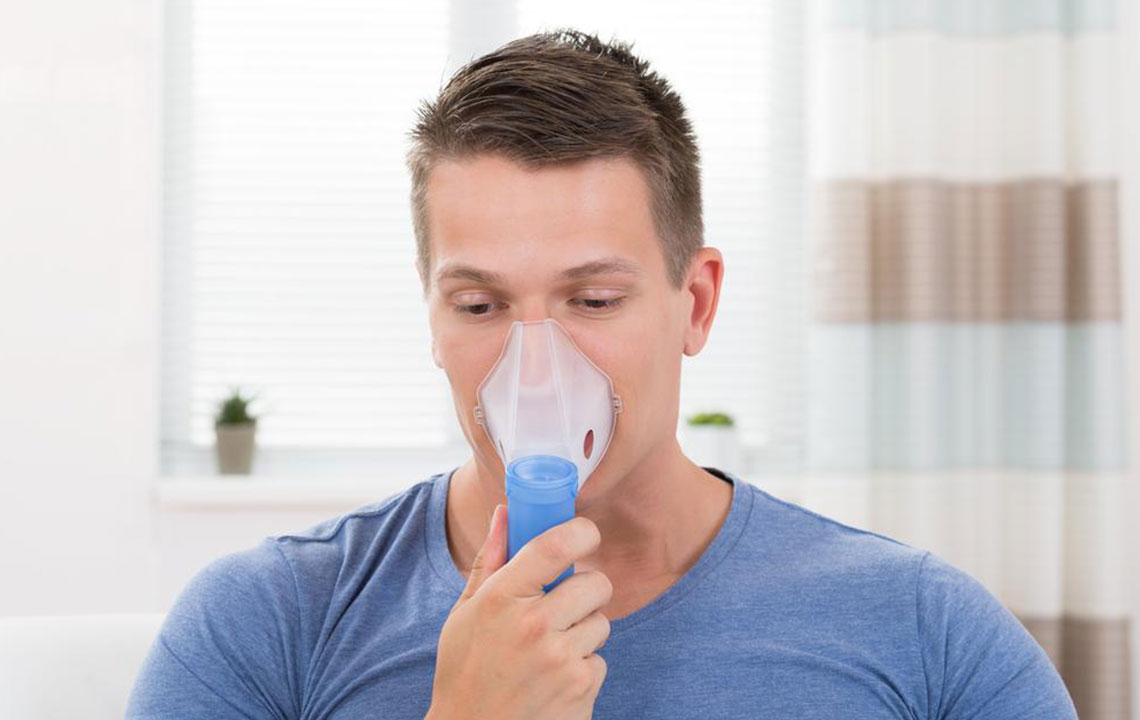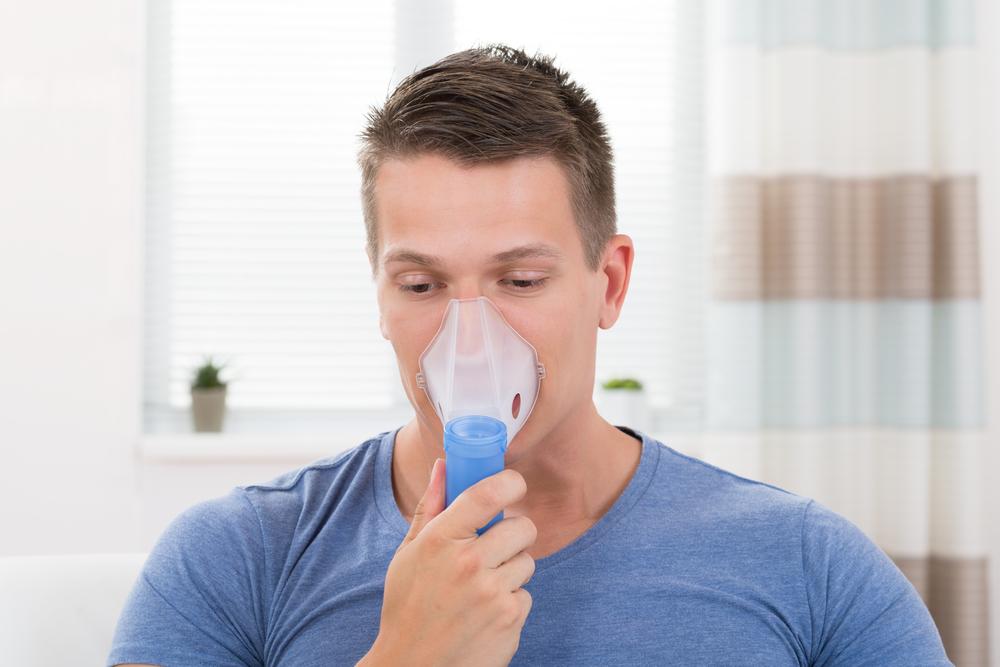Comprehensive Guide to Understanding and Managing COPD
This guide covers the essentials of COPD, including its types, causes, symptoms, diagnosis, and various treatment options. It emphasizes early detection, lifestyle changes, medications, and surgical options. Practical natural remedies are also discussed for improved management of the condition, enabling patients to lead healthier lives despite the challenges of COPD.
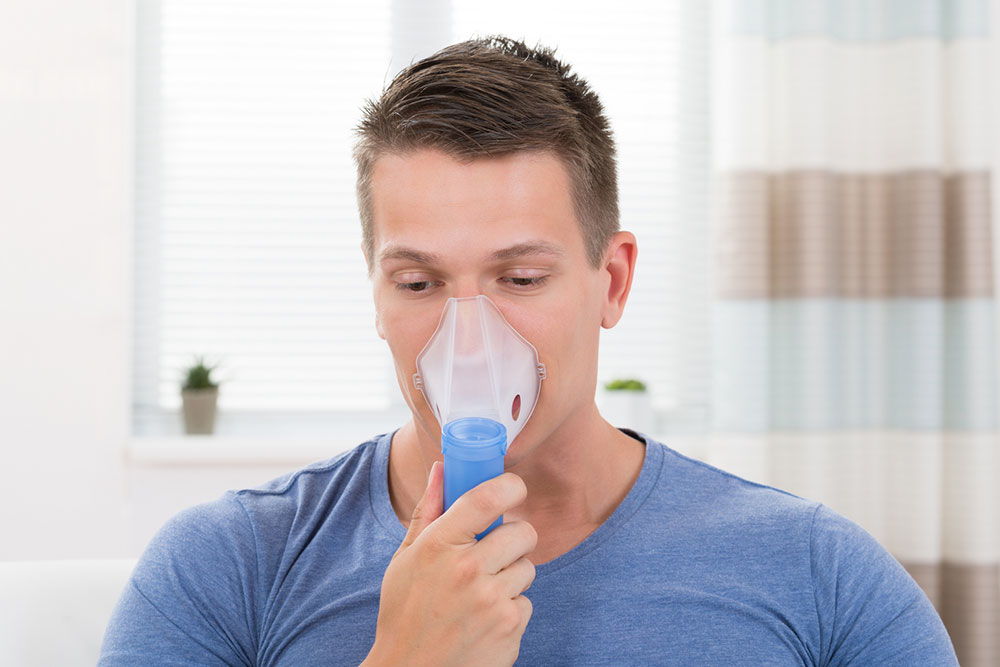
Understanding COPD: Symptoms, Causes, and Treatments
Understanding COPD: A Complete Overview
Managing a chronic respiratory condition can be tough, affecting both physical health and mental well-being. Globally, around 65 million individuals live with chronic obstructive pulmonary disease (COPD), including 12 million adults in our country. COPD refers to a group of progressive lung diseases, notably emphysema, chronic bronchitis, and refractory asthma, that worsen over time.
Types of COPD and Their Impact
Though incurable, early diagnosis and treatment enable many to live well with COPD. It involves understanding its main forms: emphysema, chronic bronchitis, and refractory asthma, each affecting daily functioning differently.
Emphysema
Damage to alveoli causes these air sacs to merge into larger sacs, reducing oxygen absorption. Lung elasticity decreases, trapping air and causing shortness of breath.
Chronic Bronchitis
Persistent inflammation and swelling of bronchial tubes lead to cough and mucus buildup. Loss of cilia hampers mucus clearance, worsening symptoms.
Refractory Asthma
This form resists standard treatments, making it difficult to control and requiring specialized management.
Causes of COPD
Main contributors include:
Smoking
Primary cause; inhaling tobacco smoke damages lungs over time.
Environmental Pollutants
Exposure to chemicals, fumes, and dust heightens risk.
Secondhand Smoke
Passive inhalation from smokers can significantly increase chances of developing COPD.
Genetic Factors
Deficiencies like alpha-1 antitrypsin can predispose individuals to the disease.
Untreated Asthma
Long-term unmanaged asthma can evolve into COPD.
Recognizing COPD Symptoms
Symptoms often appear after considerable lung damage and tend to worsen over time. Key signs include:
Persistent cough with mucus
Chest tightness
Wheezing
Breathlessness during activity
Blues in lips and fingertips
Frequent respiratory infections
Fatigue and weakness
Swelling in extremities
Diagnosing COPD
Tests commonly used are:
Pulmonary function tests
Measures airflow and oxygen levels using a spirometer.
Chest X-ray
Detects emphysema signs.
CT Scan
Provides detailed lung images to guide treatment options.
Blood Gas Analysis
Assesses oxygen and carbon dioxide exchange efficiency.
Managing COPD
Early milder cases benefit from quitting smoking and lifestyle modifications. Advanced stages may require medication, therapy, or surgery to alleviate symptoms and prevent complications. Common approaches include:
Ceasing smoking
The most crucial step for improving breathing and lung health.
Medications
Inhalers, steroids, and antibiotics are prescribed based on severity.
Lung therapies
Oxygen therapy and rehabilitation programs support lung function.
Surgical procedures
Options like lung volume reduction, transplants, or bullectomy may be necessary for severe cases.
Natural Strategies for COPD Management
Breathing Techniques
Learning proper breathing methods improves oxygen intake and reduces shortness of breath.
Regular Exercise
Enhances respiratory muscle strength; consultation with a healthcare provider is recommended.
Healthy Diet
Maintaining proper nutrition supports overall health; increasing protein and fruits helps combat fatigue.
Airway Clearing
Staying hydrated and using humidifiers keep airways moist and clear.
This article is informational. Always seek professional medical advice for diagnosis and treatment of health issues.

